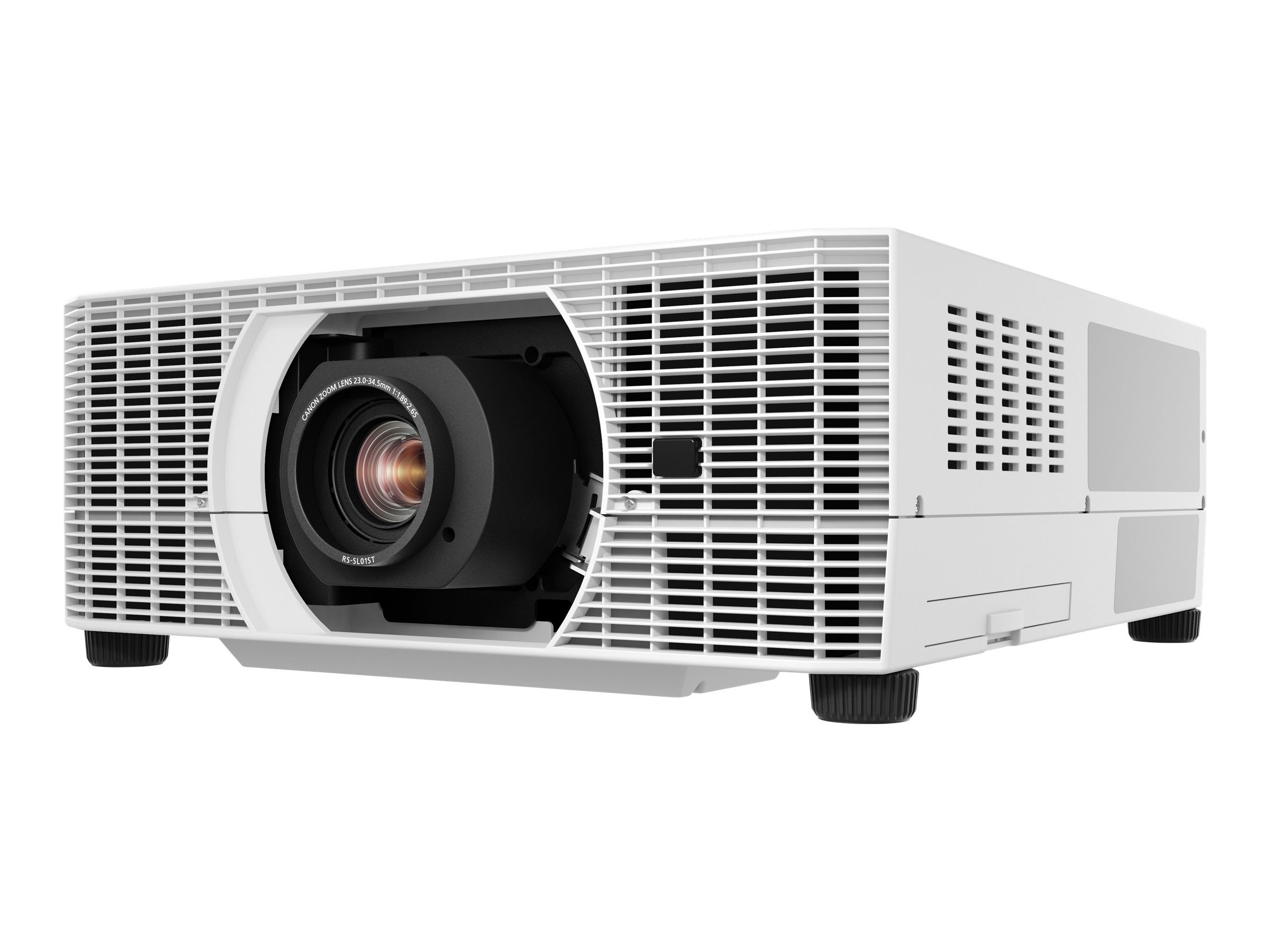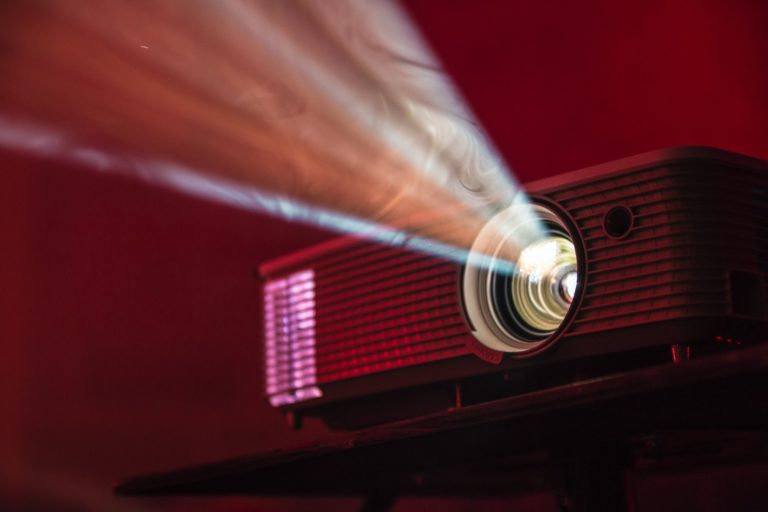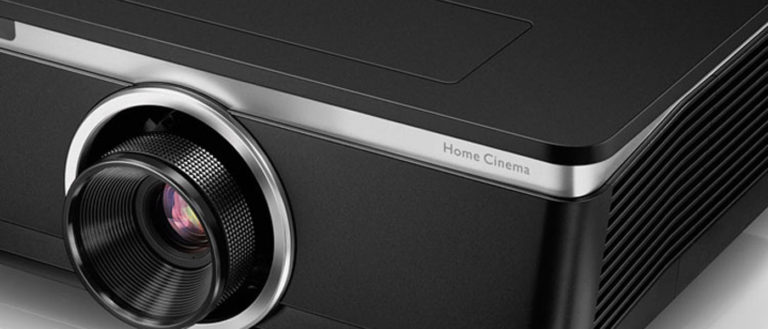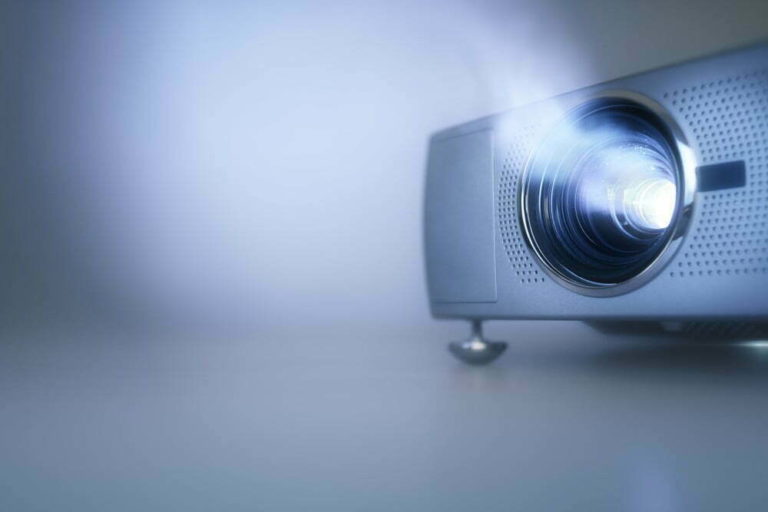In home theaters and classrooms, LCOS (Liquid Crystal on Silicon) projectors are a popular option for high-quality image projection. But how do they function? LCOS projectors reflect light onto a screen or surface using liquid crystal-coated micromirrors on a silicon chip. The mirrors can be controlled by electrical signals, allowing for a more distinct and precise image by adjusting the amount of light reflected.
Are LCOS projectors therefore superior to LCD (Liquid Crystal Display) projectors?
Many individuals agree. LCOS projectors typically feature faster refresh rates and greater contrast ratios, allowing them to produce images that are smoother, more accurate, with deeper blacks and more brilliant colors. In addition, LCOS projectors often have a longer lifespan than LCD projectors since they do not experience the “burn-in” effect that can occur with LCD screens.
However, what are the primary benefits of LCOS projectors over LCD projectors?
The primary benefits are quicker refresh rates, greater contrast ratios, and a longer lifespan. These elements add to an enhanced viewing experience overall.
What is the lifespan of an LCOS projector?
A LCOS projector should endure for many years if cared for and maintained properly. The actual lifespan will depend on elements such as the projector’s quality, the amount of use it receives, and the operating conditions.
What type of maintenance is required for LCOS projectors?
Quite little, in actuality. A projector’s air filter should be cleaned every few months to ensure appropriate airflow and prevent overheating. Additionally, the projector should be stored in a cold, dry location to prevent damage.
How frequently should the bulb in an LCOS projector be replaced?
When the bulb in an LCOS projector reaches the end of its lifespan, which is typically between 5,000 and 10,000 hours, it must be replaced. It is essential to utilize the correct bulb type for your projector in order to achieve best performance.
How many lumens must an LCOS projector have?
A LCOS projector must have a minimum brightness of 1,000 lumens in order to generate a clear and discernible image. The precise lumens required will depend on the size of the screen or surface as well as the ambient lighting in the room.
Do LCOS projectors require pre-use warming?
No, LCOS projectors do not require preheating prior to usage. They can be immediately activated and utilized.
Are there any downsides associated with LCOS projectors?
LCOS projectors have a few possible downsides. They can be more expensive and less portable than LCD projectors because to their bigger size and weight. Furthermore, LCOS projectors may require more installation and calibration than LCD projectors.
LCOS projectors are an excellent option for high-quality image projection in a variety of environments. They have numerous advantages over LCD projectors, such as faster refresh rates, greater contrast ratios, and a longer lifespan. Maintenance is minimal, although it is necessary to clean the air filter and replace the bulb when necessary. LCOS projectors must have a minimum brightness of 1,000 lumens and do not require preheating. Even though LCOS projectors have a few downsides, such as a higher price and potentially longer setup and calibration process, they remain a popular option for many people due to the enhanced viewing experience they provide.






